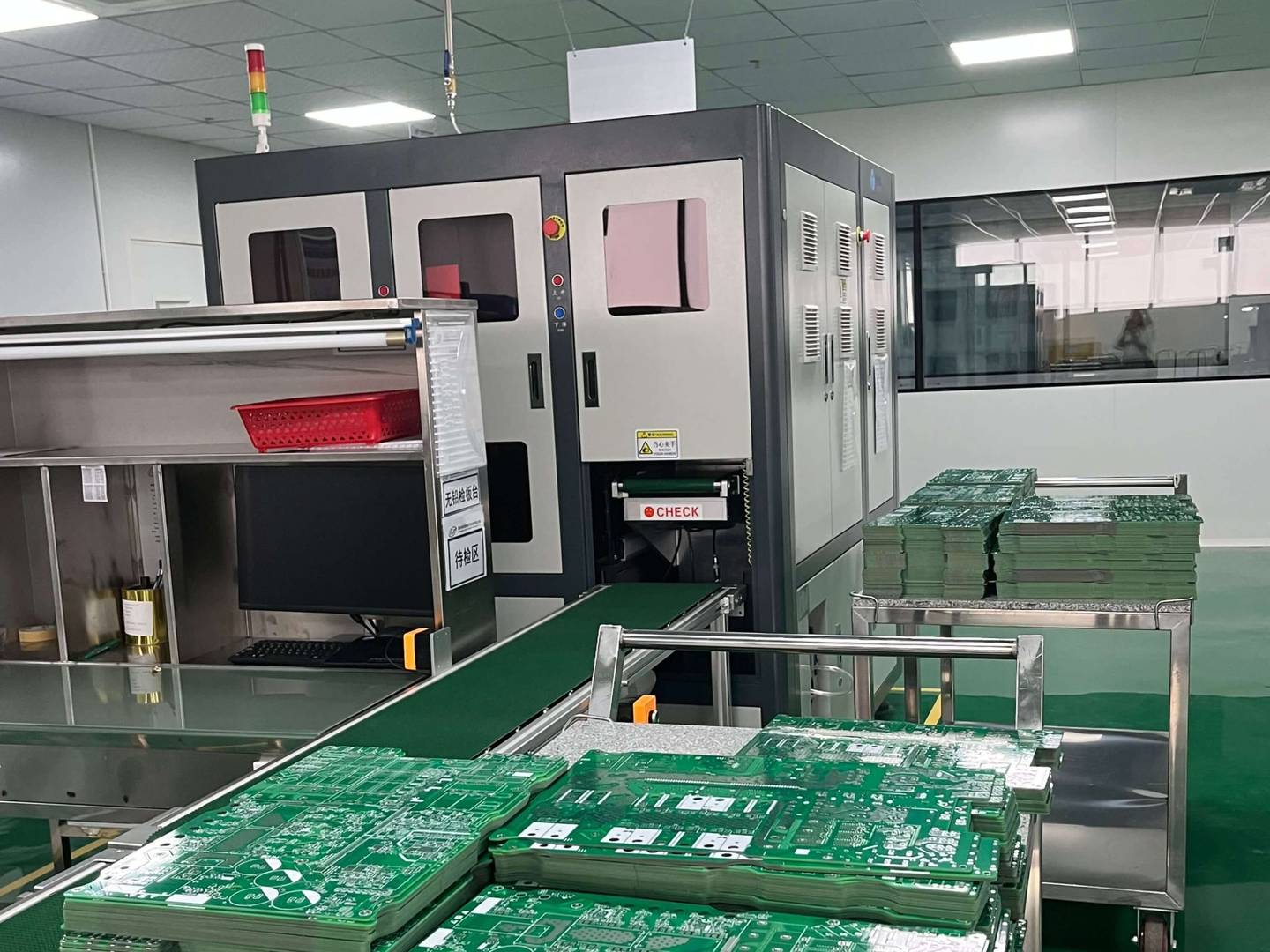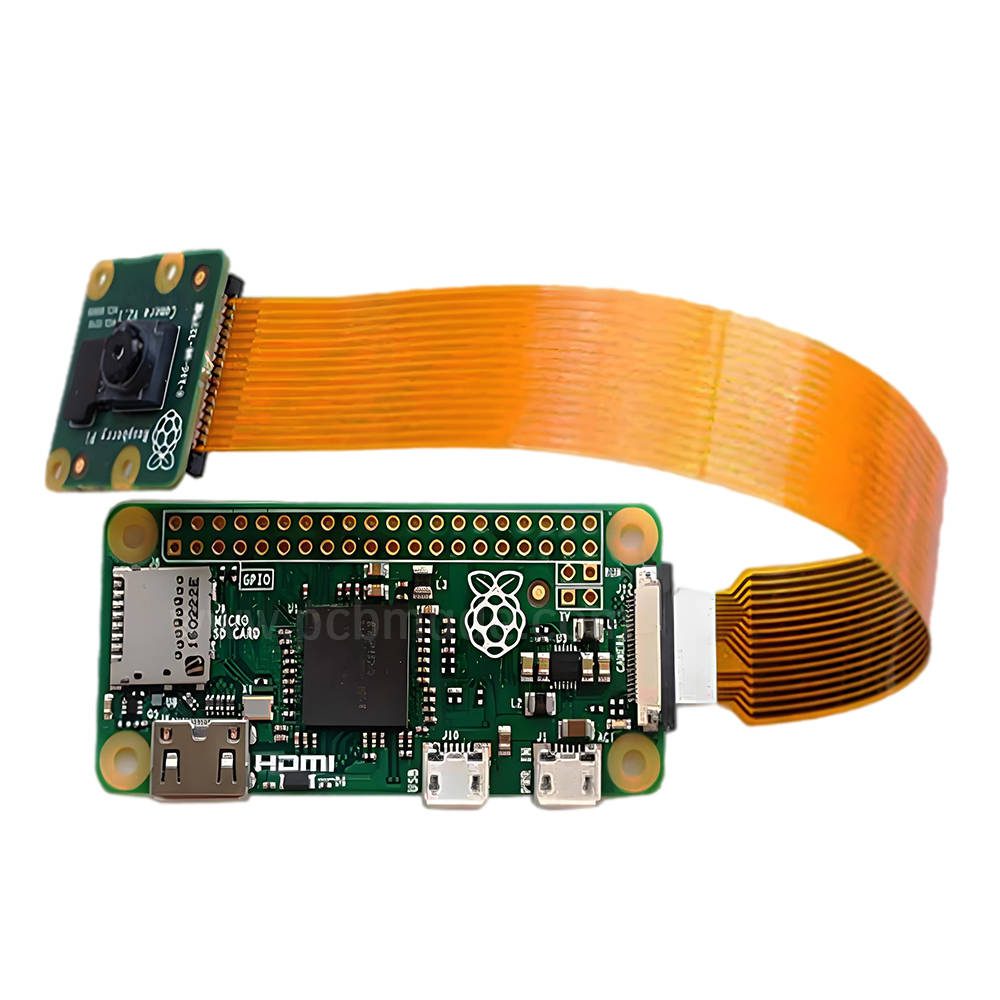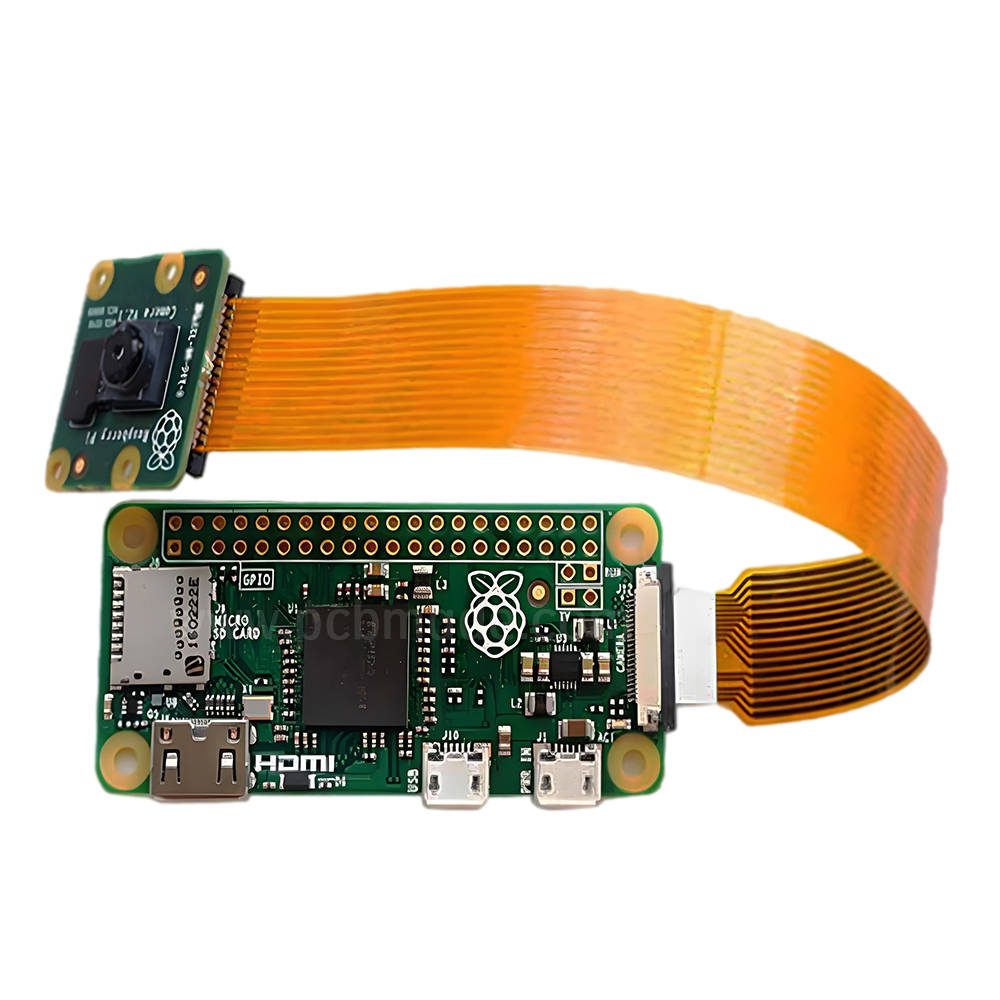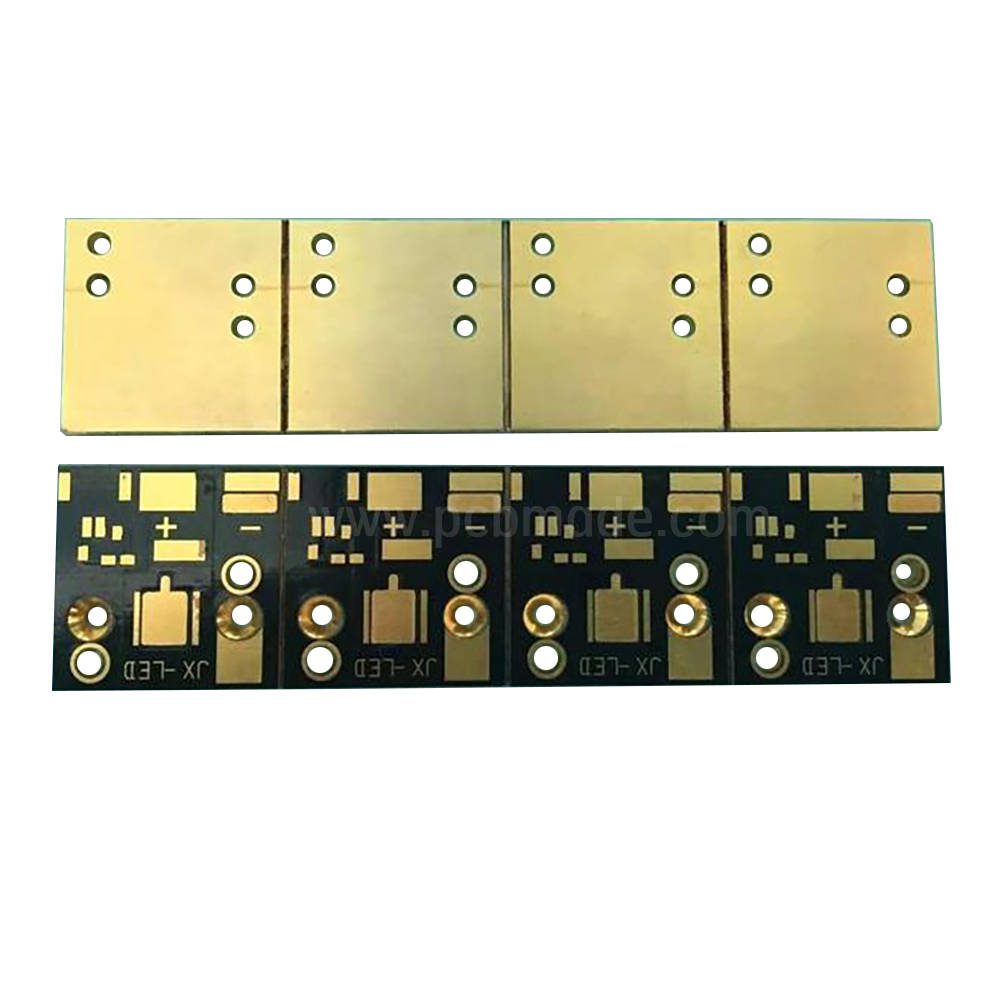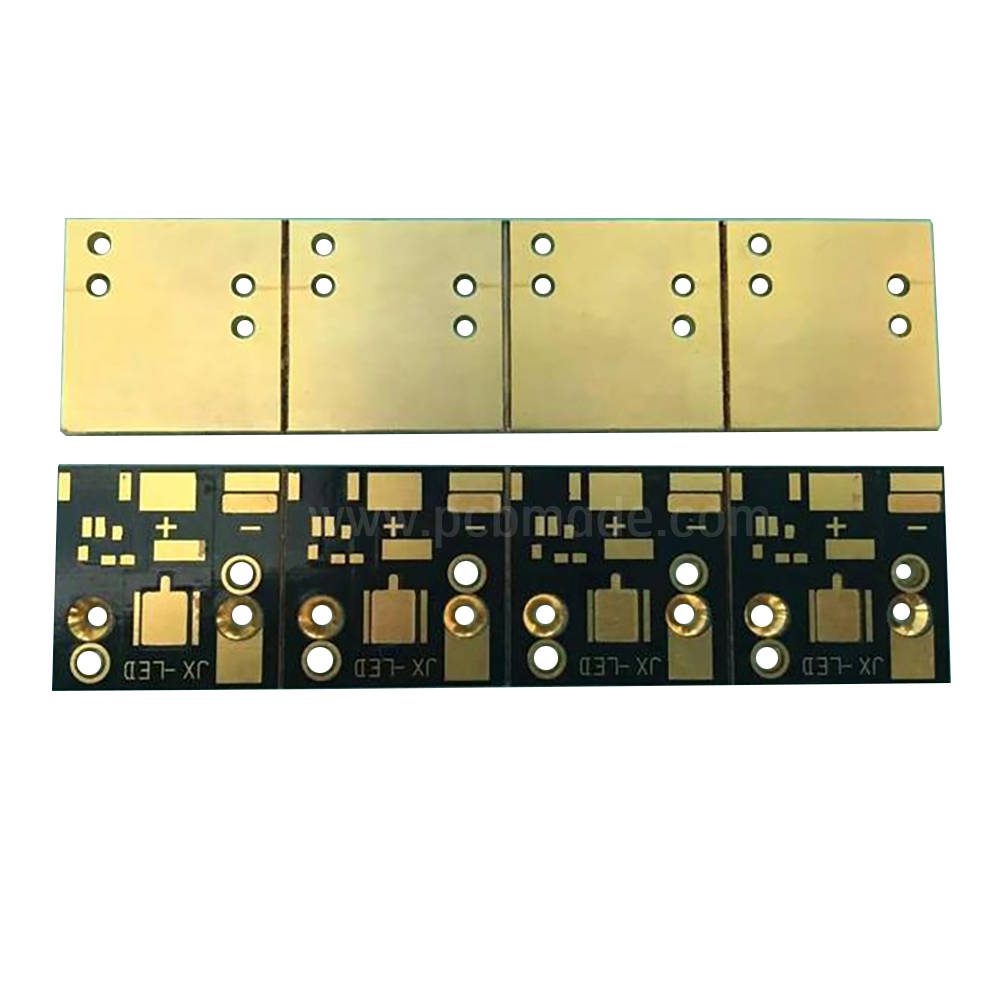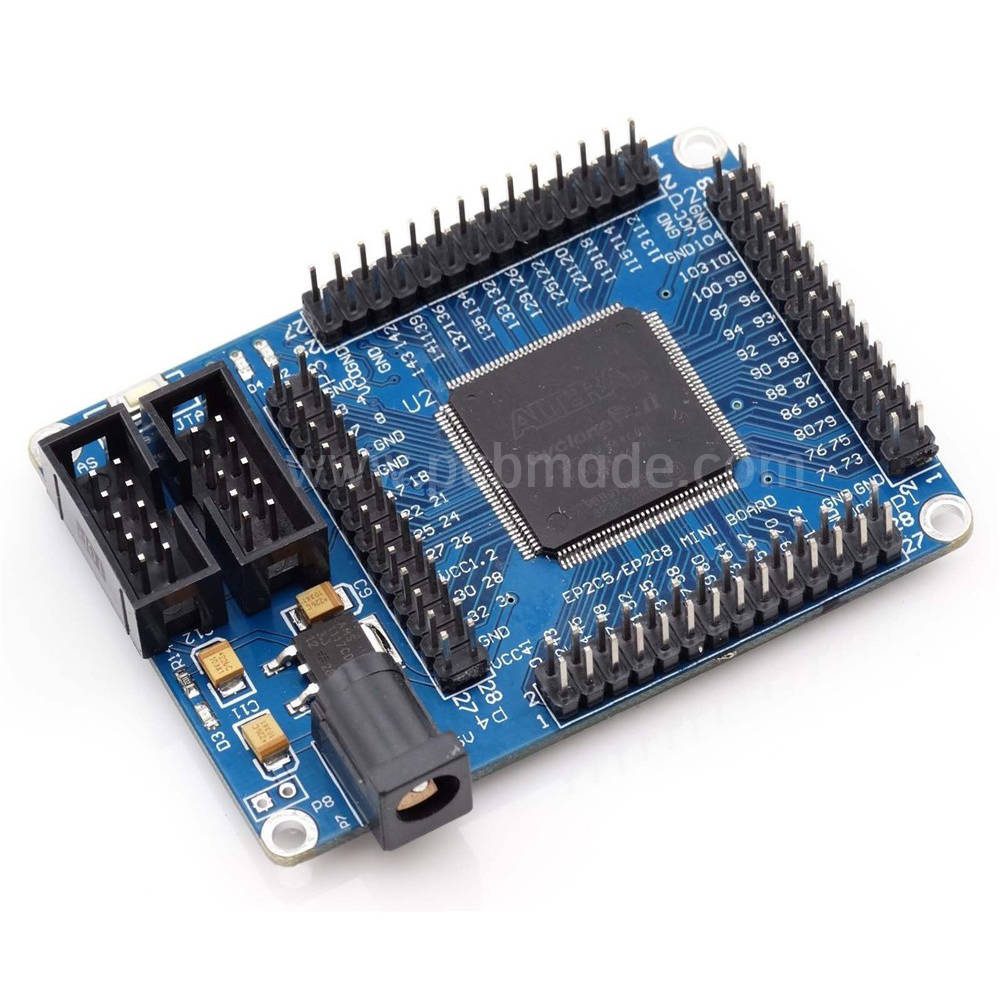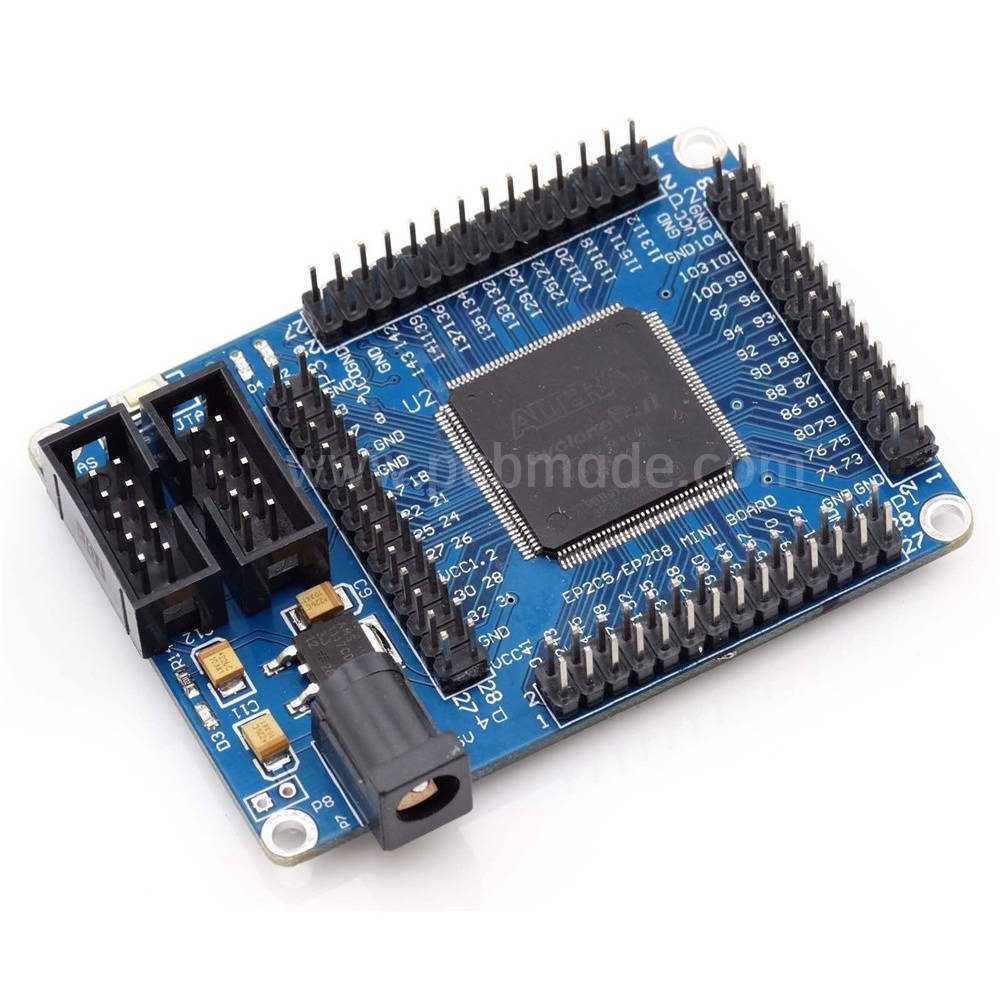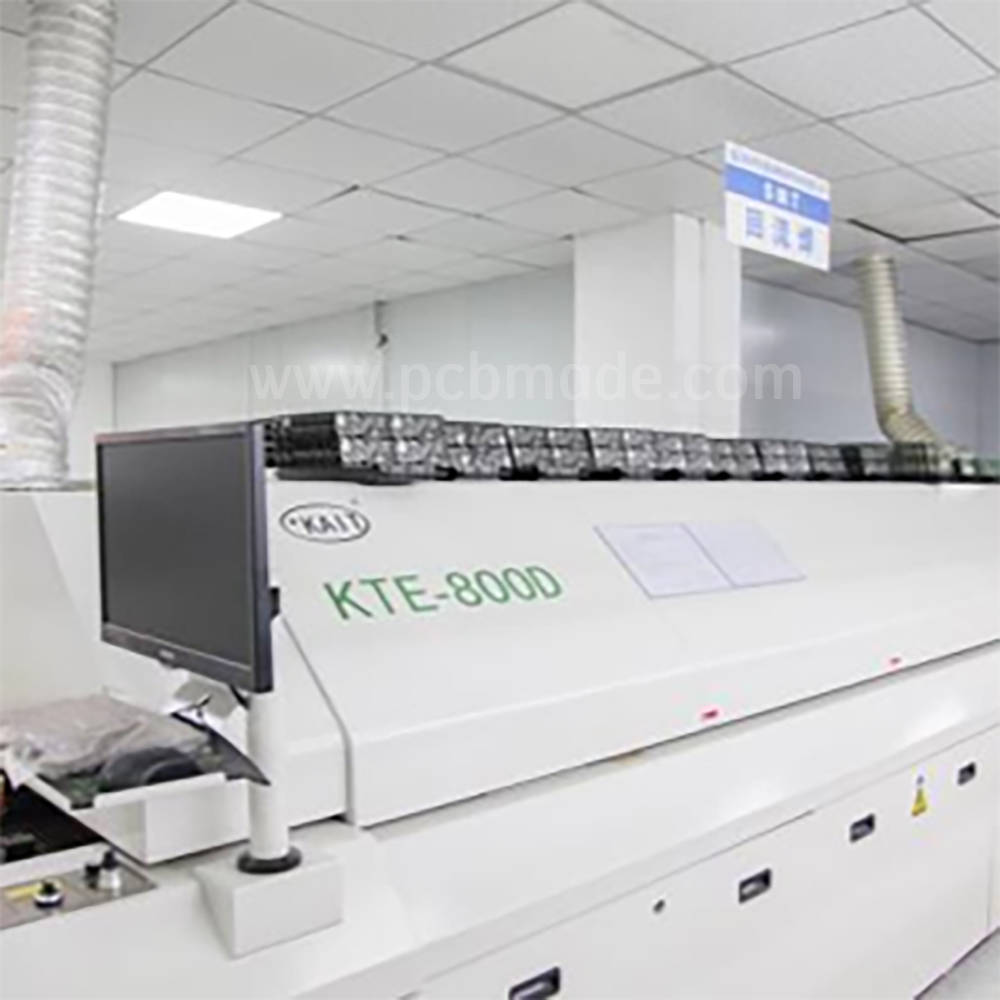In the production and repair of electronic devices, soldering components on circuit boards is a fundamental skill that must be mastered. Correctly soldering circuit board components can not only ensure the normal operation of equipment, but also help improve the stability and reliability of the equipment. This article will share some tips and steps for soldering circuit board components to help readers master this skill.
Firstly, prepare the welding tools and materials.
Soldering circuit boards requires a good soldering tool, solder wire, scale solder pads, and solder suction wires. Choose high-quality and reliable solder wires to ensure the quality of welding. Scale pads are used to secure electronic components, while solder pads are used to clean solder joints.
The next step is the preparation work before welding.
Firstly, the work area should be cleaned thoroughly and ensure good ventilation. A clean work area can prevent impurities from entering the welding points, and good ventilation can protect the health of welding personnel. In addition, it is necessary to check whether the circuit board and components are intact and avoid using damaged components.
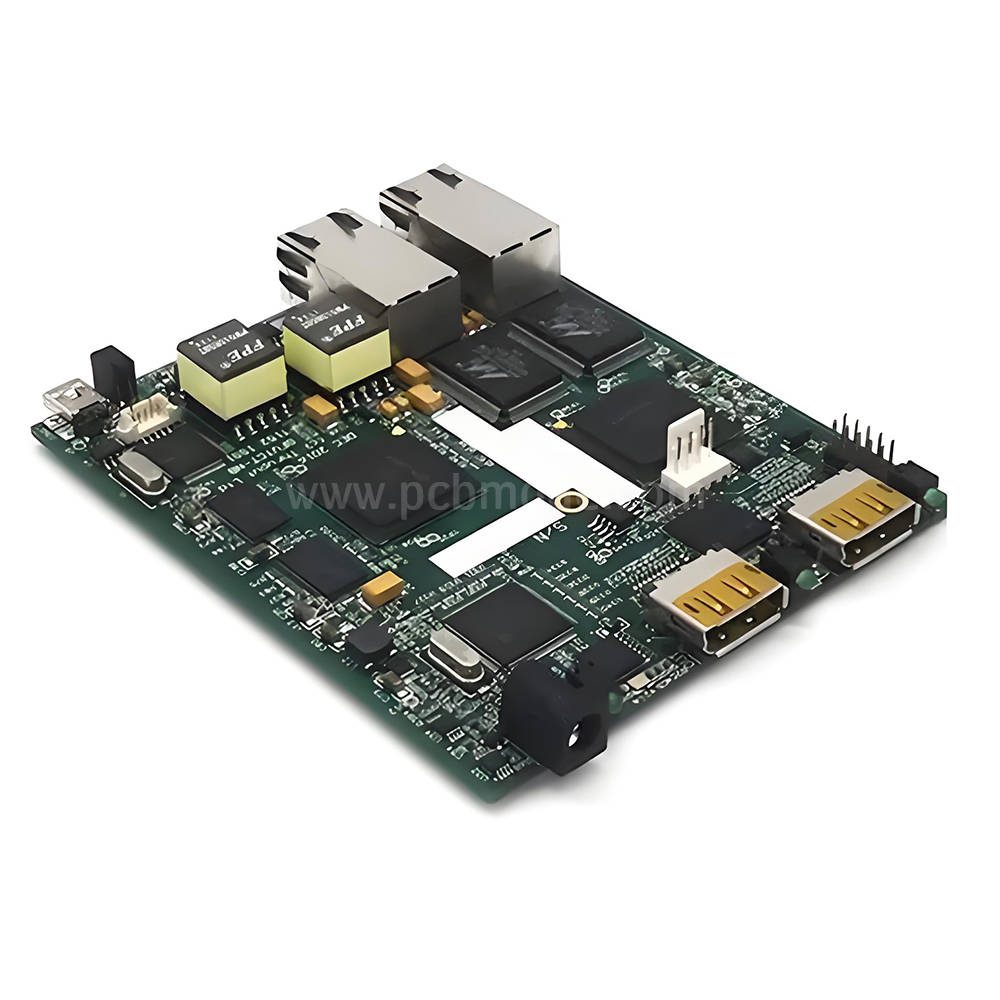

Before starting welding, preheat the soldering tool.
Proper preheating can improve the fluidity of solder and make soldering easier. Insert the soldering tool into the power supply and wait for a few minutes before starting soldering.
The following are the specific steps of welding.
Firstly, the circuit board and the components to be soldered should be placed in the appropriate position and fixed with scale solder pads. Then, gently touch the solder tip of the soldering tool onto the solder joint and pad contact point, and let the solder wire come into contact with the solder joint. The solder wire will quickly melt and coat the solder joint, forming a strong connection. Keep the solder wire in contact with the solder joint for 2-3 seconds, and then remove the solder wire.
After welding is completed, use a solder suction wire to clean the solder joint and ensure that the surface of the solder joint is clean.
The solder wire can absorb excess solder wire, making the solder joint flat and beautiful. At the same time, alcohol cotton balls can be used to wipe the welding points to remove dirt and oxides generated during the welding process.
Finally, check the welding quality.
Use multimeters and other testing instruments to check the connectivity and resistance values of solder joints, ensuring that the welding quality is qualified. At the same time, it is necessary to carefully check for short circuits or other issues near the welding points and repair them if necessary.


